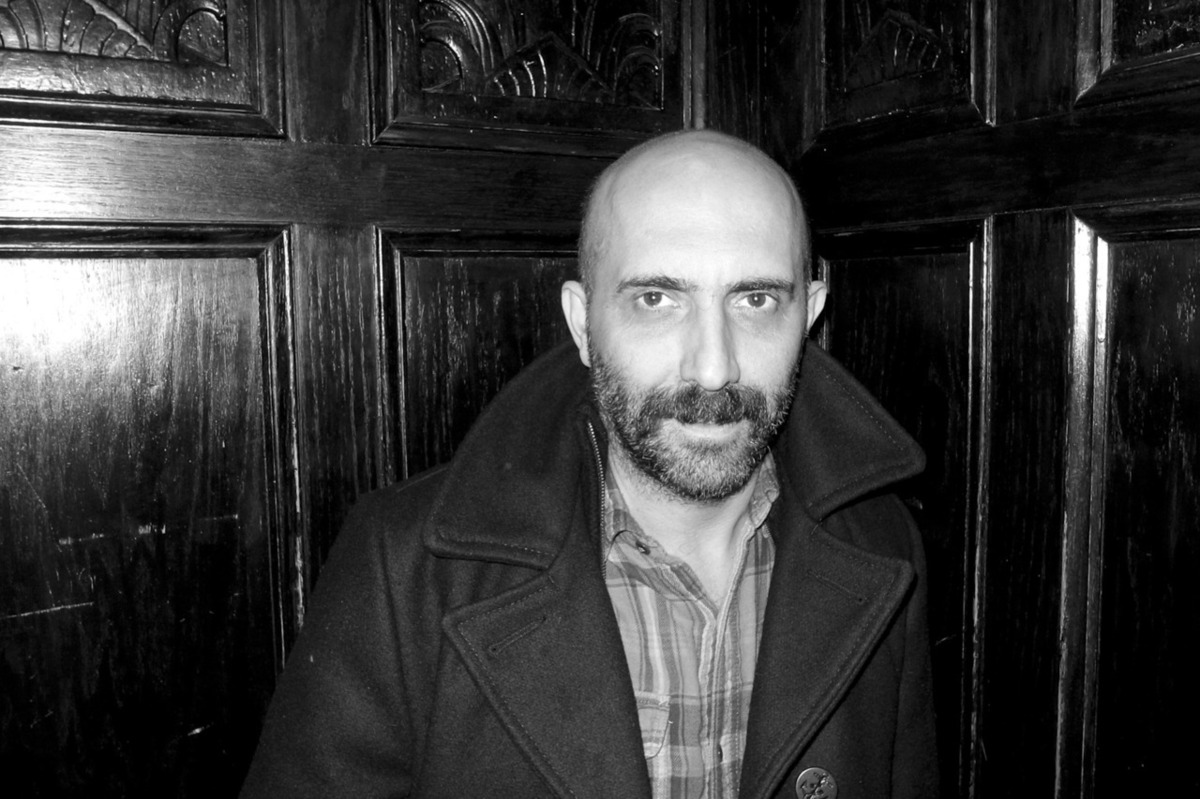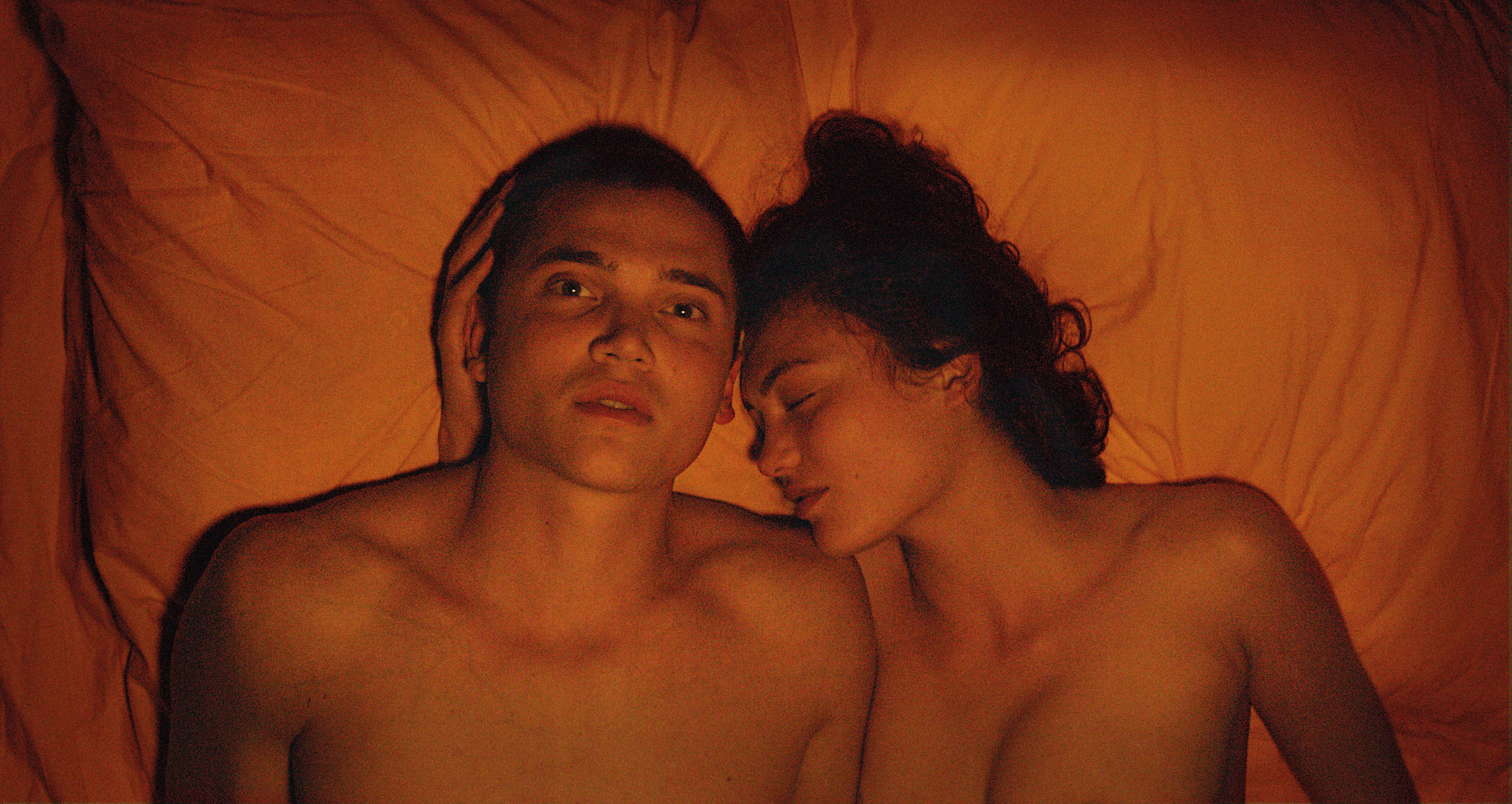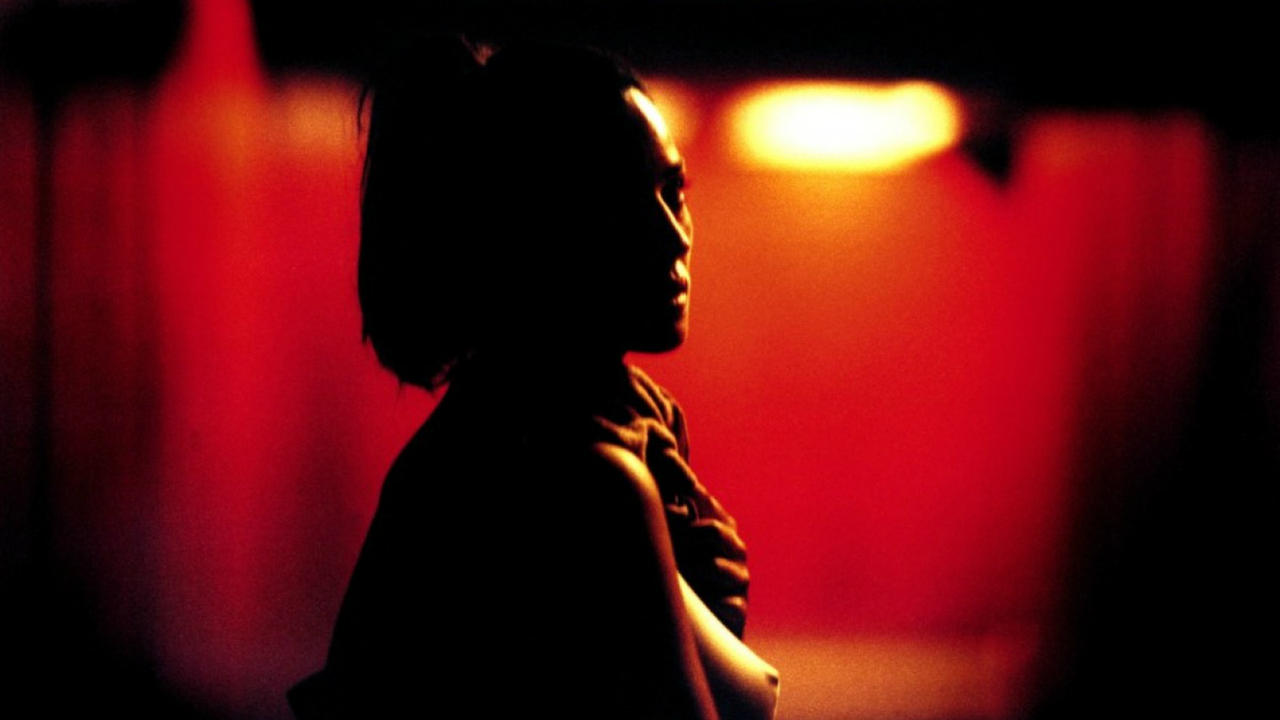SAVE THE LAST DANCE: THE GERMAN KRAL INTERVIEW.
 Friday, March 18, 2016 at 5:34PM
Friday, March 18, 2016 at 5:34PM Drawing from his homeland’s rhythmic soul, German Kral has crafted vivid cinematic representations of South American music and dance over the last 20 years (Tango Berlin, 1997; Musica Cubana, 2004; The Last Applause, 2009). His latest is Our Last Tango, a portrait through passion and dance of Argentina’s tango superstars, María Nieves Rego and Juan Carlos Copes, the ‘Fred and Ginger’ of Latin America whose iconic stature has remained intact through decades of desire, heartbreak and estrangement. From his home in Munich, the 47 year-old expat Argentine chatted with SCREEN-SPACE about dealing with the showbusiness legends, representing their romantic and cultural legacy with integrity and capturing the pulsating essence of his national dance…

SCREEN-SPACE: When did you first become aware of the legend that is 'Juan Carlos and Maria'?
Kral: They were the most famous couple in Argentina from when I was a kid, so I just got used to seeing them on TV and in newspapers and magazines. Juan Carlos Copes and María Nieves Rego were the tango couple since before I can remember so there was no time when I wasn’t aware of them.
SCREEN-SPACE: That is exactly as the film portrays them; an ingrained part of not just Argentinian show business but of the very culture itself.
Kral: Oh, absolutely. As María says in the film, and as she said to me many times, “I am part of Buenos Aires.” And it’s true.
 SCREEN-SPACE: When you presented your concept – that they should be reunited for your cameras – were they both immediately open to the idea?
SCREEN-SPACE: When you presented your concept – that they should be reunited for your cameras – were they both immediately open to the idea?
Kral: That was very difficult, I have to say (laughs). To make a film with them together…well, that’s actually impossible. I don’t know how we managed to get what we got. I worked very hard, was insistent, to get them involved. María said yes from the very start. She was very happy that we wanted to make a film about her life. Juan Carlos also said yes and was happy until I told him that María would also be involved. Then he was not that happy anymore. The real problem came when I had to convince Juan Carlos’ new wife that María must be in the film. At one point, he said he would not be in the film anymore, which would have been a tragedy. That would have been like trying to tell the story of Romeo and Juliet without having a Romeo. But he finally said yes again, and the film was saved. (Pictured, above; director German Kral)
SCREEN-SPACE: Do those complications partly explain the seven years between your last film, The Last Applause, and Our Last Tango? Prior to 2009, you were very prolific, delivering a film every couple of years.
Kral: No, not really. It was very difficult to secure financing for this film. I had been working on two other projects which we couldn’t finance, so…you know, it’s very tough to make films when you are not famous. I ultimately worked for about four years on Our Last Tango.
SCREEN-SPACE: The device of filming the young actors, who portray María and Juan Carlos in flashback, meeting with María proves fascinating. It also conveys the impact of María and Juan Carlos across generations of Argentinians…
 Kral: Making a film is a process in development. It is not like you wake up one day and say, ‘We are going to make the film this way’. That device was not always intended but serves the film very well. I don’t think we would have had a feature-length film without it. So much of María and Juan Carlos’ story only exists as archive footage; we couldn’t have just had that cut together with them today. I recall a meeting in Berlin with Wim Wenders where I showed him a 3D trailer for the film that I had cut; it was the first time he came into contact with the material. He said to me, “German, María’s story is strong but not strong enough to fill 90 minutes, so get some actors to expand the love story into something bigger than life.” At first, the advice scared me, because I thought he meant that the way we wanted to do the film would not work! But as his words filled my head and my heart, I realised that giving the dancers the space to be part of the story was so right. (Pictured, above left; actresses Alejandra Gutty and Ayelan Alvarez Muno, alongside Maria Nieves Rego).
Kral: Making a film is a process in development. It is not like you wake up one day and say, ‘We are going to make the film this way’. That device was not always intended but serves the film very well. I don’t think we would have had a feature-length film without it. So much of María and Juan Carlos’ story only exists as archive footage; we couldn’t have just had that cut together with them today. I recall a meeting in Berlin with Wim Wenders where I showed him a 3D trailer for the film that I had cut; it was the first time he came into contact with the material. He said to me, “German, María’s story is strong but not strong enough to fill 90 minutes, so get some actors to expand the love story into something bigger than life.” At first, the advice scared me, because I thought he meant that the way we wanted to do the film would not work! But as his words filled my head and my heart, I realised that giving the dancers the space to be part of the story was so right. (Pictured, above left; actresses Alejandra Gutty and Ayelan Alvarez Muno, alongside Maria Nieves Rego).
SCREEN-SPACE: Given that the tango is a dance that requires masterful control in every part of the body, you capture it's essence by rarely cutting away to mid-shots or close-ups. Modern dance films tend to ‘over-edit’…
Kral: I’m so happy to hear this. A friend of mine, a scriptwriter from Buenos Aires, told me to have a look at the old musical films. They are all shot in wide shots, not close-ups. I began to notice that in the big Hollywood movies of the 50s, they rarely cut away and just let the people dance. We tried to be very respectful of our dancers, too.
 SCREEN-SPACE: In broader terms, how would you define the relationship between cinema and the world of music and dance? Are there beats and rhythms in the dancing and the music that you allow to infuse your filming style?
SCREEN-SPACE: In broader terms, how would you define the relationship between cinema and the world of music and dance? Are there beats and rhythms in the dancing and the music that you allow to infuse your filming style?
Kral: Music and dance in film allows you find the heart of your story more easily; to connect with your audience in a more human, more essential way. If you make films about things that you care deeply about and things that are very close to your life, like I have done with Tango Berlin and Musica Cubana and now Our Last Tango, that passion will become evident. I have lived in Germany for 25 years now and tango has become very important in my life because it is a bridge to my moods, my memories, my family and my origins. (Pictured, above; Juan Carlos Copes)
SCREEN-SPACE: It is that connection to the subject matter that comes through in the film.
Kral: And the film is not about the tango! It is a love story set against the background of dance. Tango just happens to be one of the tools we use to tell this incredible story.
SCREEN-SPACE: Finally, perhaps most importantly…did you get to dance the tango with María at any point?
Kral: (Laughs) Oh my, no, no, no, no. She is such a star and I was too scared to dance with María. I wanted to! I dreamt of dancing with her on the opening night of the film but didn’t dare. I went with her once to a milonga, a place the tango is taught, and she saw me dancing. She took me aside and said, “Listen, German, you dance so awfully, it’s incredible.” (Laughs).
Our Last Tango begins its Australian season on March 24 via Sharmill Films.
 Dance Films,
Dance Films,  Documentary,
Documentary,  Juan Carlos Copes,
Juan Carlos Copes,  Love,
Love,  Maria Nevies,
Maria Nevies,  Tango
Tango 



